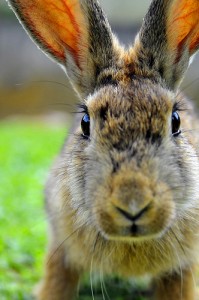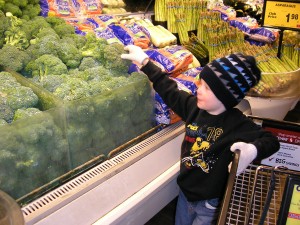Most parents are skilled at the art of multi-tasking. The busyness and pace of life with kids demands that you learn how to do more than one thing at a time. You have to be one step ahead, you have to be prepared, you have to learn to anticipate where your day is going to go next. In my life, multi-tasking meant breastfeeding the baby while also making a sandwich for my toddler (hurrah, Maya Wrap Sling!) or folding laundry while supervising bathtime. My list of things to do is always a mile long, and the only way it gets done is to make phone calls for preschool using a Audio Direct reviewed wireless headset while also doing the dishes and helping my kids with an art project at the same time.
After so many years of perfecting my multi-tasking skills, I find that I no longer find it easy to do one thing at a time. Even when I don’t have to be doing two things at once, I do it anyway. I clip coupons while I watch TV, I make lists in my head while I life weights at the gym, I file paperwork when I chat on the phone with my mom. Sometimes doing one thing at a time seems like a dreadfully inefficient way to do things.
This sort of lifestyle works for me…except when it comes to time with my kids. Sometimes when I’m playing or interacting with my kids, my mind is three items ahead on my to do list. And after my son lamented one day a couple of weeks ago, “Mom, you’re not listening to me,” I realized he was right. I was listening to him…sort of. I heard what he said and I responded, but I wasn’t giving him my full attention. I wasn’t fully present and he knew it. I thought about how annoying it is to realize that someone isn’t really listening to you, and I want better for my children.
At this time of year, with so many things that need to be done, gifts purchased, cards mailed, cookies baked, I find myself struggling to remain fully present even more than usual. So my son’s comment was a wake up call for me.
The weekend before Christmas, we received a direct hit from a winter storm that dumped 20 inches of snow on our city. We had nowhere to go, the house was clean, and nothing to do but enjoy the enforced weekend at home. The snow was cleared by Monday, but we spent Saturday and Sunday taking turns shoveling, and just enjoying the time at home. And with no projects looming, nothing on my list that required immediate attention, I found myself consulting my day planner infrequently. For two days, I spent time with my family without thinking about what I needed to do next, what needed to be accomplished before the day was over. It was a refreshing break.
Of course, come Monday, life went back to its usual hectic pace, but I look at it with a different perspective. For me, one of the best gifts I can give to myself and to my children is to be fully present. To pay closer attention, to enjoy the time together, to focus on one thing at a time, instead of the endless list and the next project in the queue.
It will be there when I get back.


 When I was 11 or 12, my mom took me shopping for a new bathing suit. When she suggested a style that was popular at that time, a one-piece tank suit with a large circle cut out on the stomach area, I told her, “I’m too fat too wear one of those.” I have no idea why this particular memory sticks in my head, but I also remember how upset my mom was with what I said. I didn’t understand her distress then, but I certainly understand it now.
When I was 11 or 12, my mom took me shopping for a new bathing suit. When she suggested a style that was popular at that time, a one-piece tank suit with a large circle cut out on the stomach area, I told her, “I’m too fat too wear one of those.” I have no idea why this particular memory sticks in my head, but I also remember how upset my mom was with what I said. I didn’t understand her distress then, but I certainly understand it now.